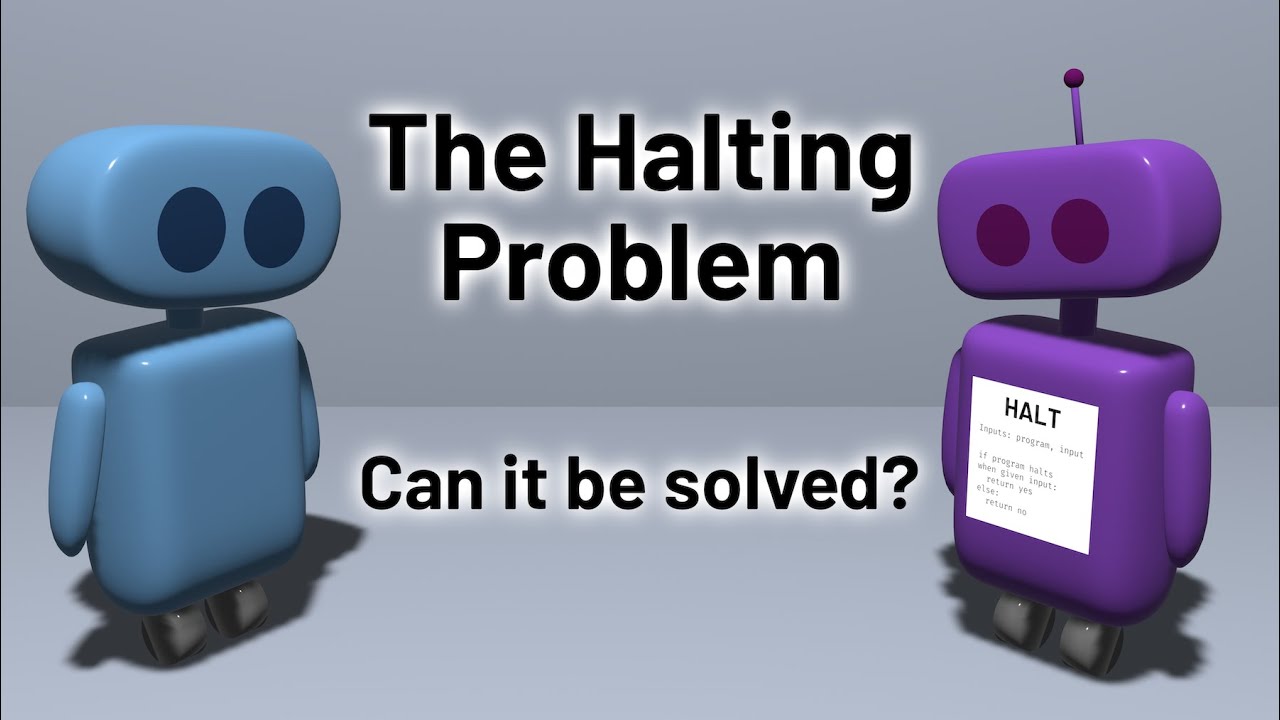OpenAI Launches A Game Changing New Feature
Before we dive into OpenAI's new canvas feature watch this video which provides a good overview of the new feature
https://www.youtube.com/vxWUfvuS35o
Canvas provides a great way of collaborating with AI; almost like your super intelligent personal assistant. However, if your personal assistant's knowledge is intrinsically biased or inaccurate then your entire output will be factually incorrect, or at worse dangerous. These factual inaccuracies and biases result in what we call hallucinations.Let's now get a little bit under the bonnet of why and how hallucinations can occur. Nothing better explains this than the Halting Problem.
That video was a bit heavy, so let me boil it down for you. The key point is that the program remains reliable only for certain data entries. Consequently, there are some hallucinations you can never detect. Unless you have strict controls of what data you feed into the Large Lnaguage Model (LLM).In truth, hallucinations can never be totally eradicated from any AI model.
However, we can minimise their effects and probability of them occurring. AI engines are continually being improved to reduce the frequency of hallucinations. But the quality of the data that the models are trained on is the other proponent that must be improved. This can be done by filtering out data containing biases and inaccuracies that the LLM's are trained on.
But here lies the problem; how can the models determine if the inputs to the LLM are factually correct or computable. We need to first create LLMs with carefully selected data that have undergone rigorous testing to be factually consistent and deterministic. Only then can we be confident of reducing the frequency and probability of hallucinations.
For this very reason SES was invented; a new AI that reduces hallucinations, duplication of code, defects and code churn; all of the issues that are plaguing all current AIs, substantiated in a study by GitClear.
SES learns code of a customer's system and from a community of connected systems that have been rigorously tested, and leverages code of these systems, and importantly generates new code, referencing the existing code. This approach reduces hallucinations.
